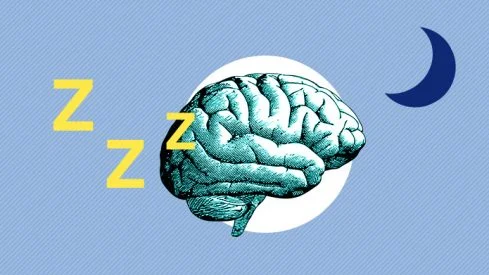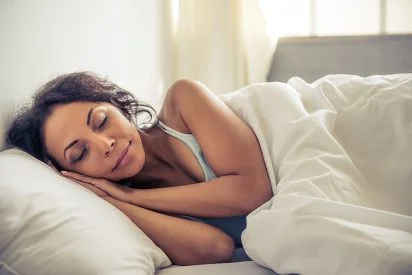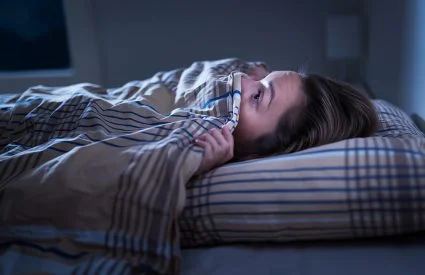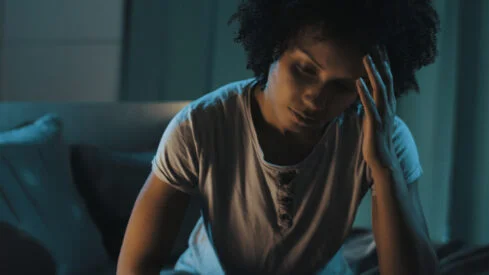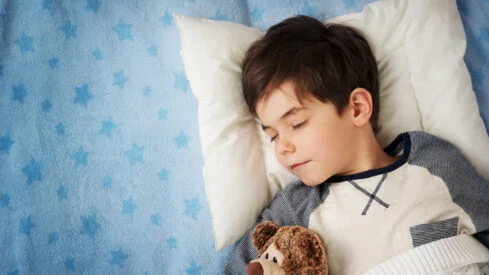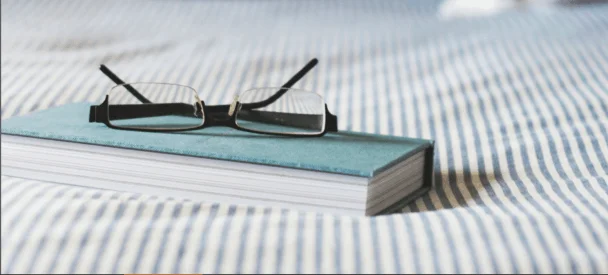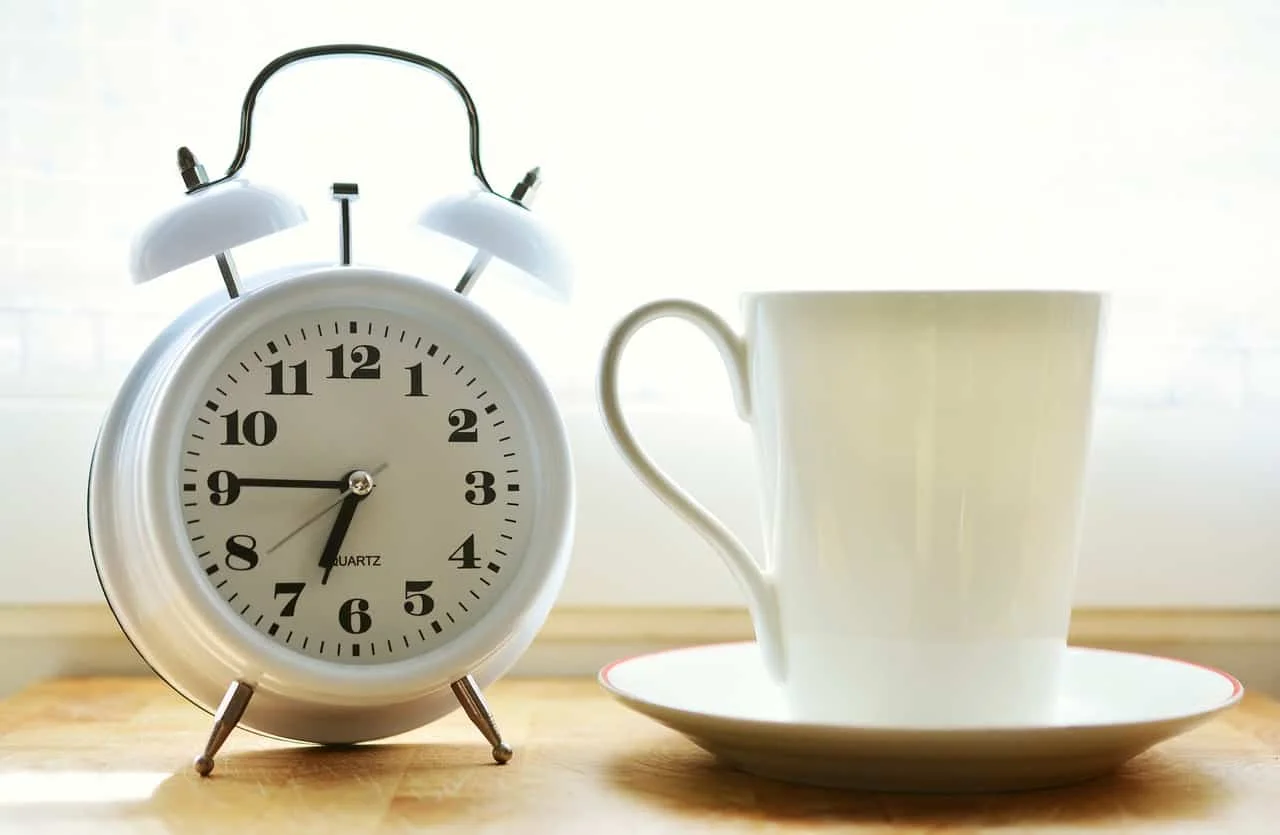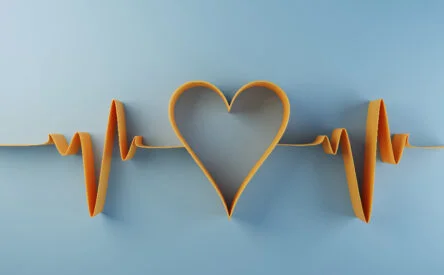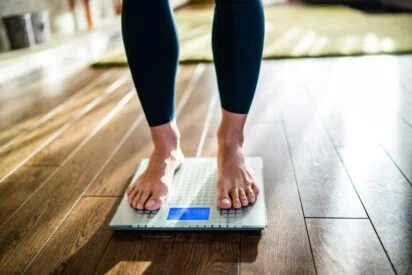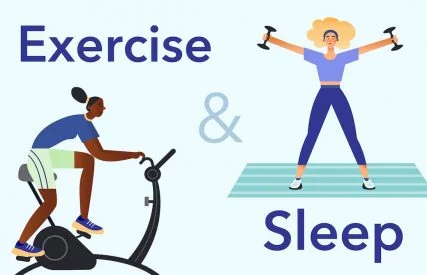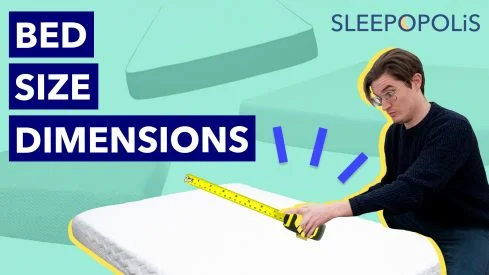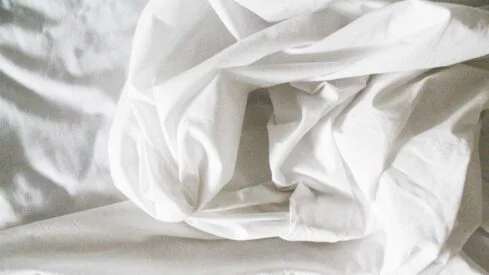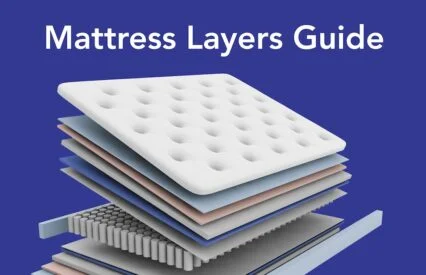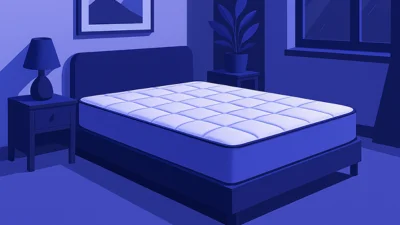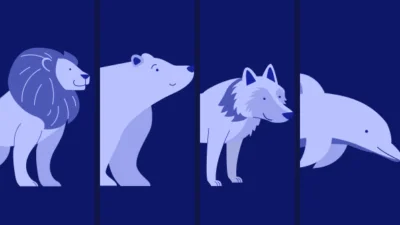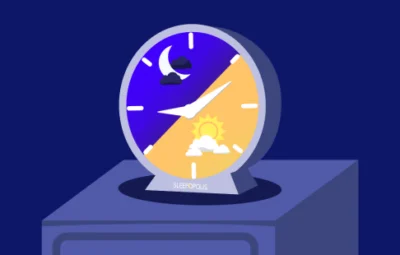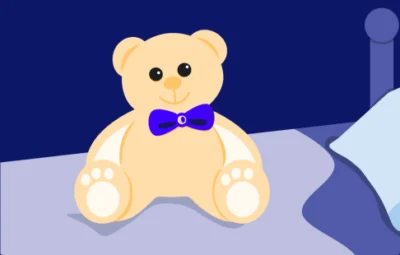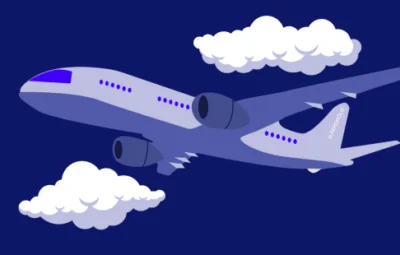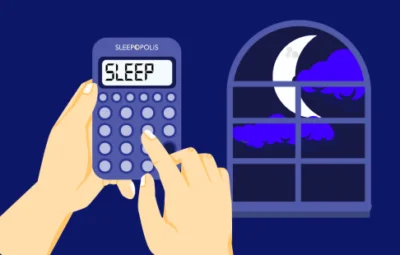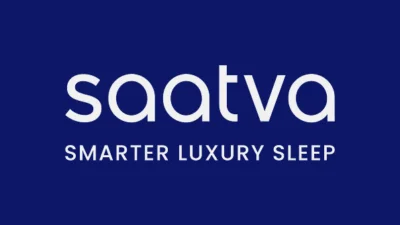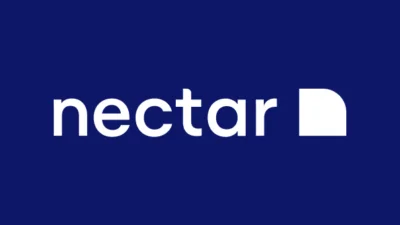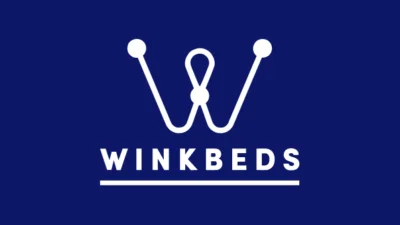
The 1970s are synonymous with disco music and a thriving urban nightlife scene that arose as a countercultural response to the gentle, peace-and-love era of the previous decade. But what disco nightclubs and questionable dance moves typically do not bring to mind — is napping.
TikTok, however, has different ideas. The disco nap, a trend on the platform, is a strategy for catching a quick snooze before diving into your night’s festivities. When done correctly, it can give you that much-needed energy boost to keep you boogying all night long. However, if not managed well, it could throw off your sleep routine.
The Disco Nap
A disco nap is a short snooze in the late afternoon or early evening, touted as a smart move if you plan to burn the midnight oil. It’s thought to provide a quick energy boost to keep you lively and energized through the night. The golden hour of a disco nap is usually between 2 and 3 p.m. Keep it brief — 20 to 30 minutes is ideal. This timing helps you recharge without slipping into a deeper sleep cycle that might leave you groggy or mess with your nighttime rest.
Another nifty trick, sometimes paired with a disco nap, is drinking a cup of coffee right before your nap. Research shows this technique can reduce sleepiness and boost performance. Since caffeine takes about 20 minutes to kick in, you wake up just as it starts working, feeling a bit of a buzz with some extra pep in your step. But, these effects might only last up to an hour, so be aware of a potential crash mid-hustle if you go this route.
Other effective napping strategies that pair well with a disco nap include exposure to bright light after you wake up, which is almost as effective as caffeine in reducing sleepiness, according to a study published in Clinical Neurophysiology, though it might not improve performance as much. (1) Washing your face with cold water when you wake up can also have a mild and short-lived effect in reducing sleepiness, but it’s likely not enough of a jolt to keep you awake all night.
Naps can improve attention, concentration, focus, energy, and decision-making. They can also benefit cardiovascular health, immune function, and emotional well-being. However, the key is to nap smartly: keep it short, time it well, and consider your individual sleep needs.
Mind Your Sleep Hygiene
Naps have pros and cons depending on the situation, and the ideal length of your midday siesta depends on when you take it, your current sleep habits, and the purpose.
“Studies have shown that a 90-minute mid-day nap can boost learning capacity by up to 20 percent and improve emotional regulation and decision-making; so, those looking to stay up later than usual can reap these benefits from a nap,” says Dr. Melissa Smith, a sleep-focused neuroscientist and founder of OtterSpace. However, other research suggests the best timeframe for napping is much shorter — about 15 to 20 minutes, with some experts recommending a 10-minute nap period as sufficient.
In short, the research is all over the map, but essentially, if you don’t have time to complete a full typical 90-minute sleep cycle, it’s best to stick to a shorter napping stint. For most people, a 20-minute nap is ideal. It provides enough non-REM sleep to boost alertness and concentration without plunging you into deep sleep, which can leave you feeling groggy. “This 20-minute nap can also improve your concentration and alertness, which are shown to be sustained into the evening,” says Dr. Smith.
Timing Your Disco Nap
When to take a nap can depend on your sleep habits, so according to Dr. Smith, be cautious about napping in the afternoon. “After a nap, you have cleared some of the adenosine from your brain and are releasing the “sleep pressure” built up throughout your day that helps you easily fall asleep at night,” she explains. “So, those who often struggle with falling asleep at night or with insomnia will likely struggle even more with nighttime sleep if they take naps during the day.”
Aim for naps between 2 and 3 p.m. to align with natural dips in alertness and to avoid disrupting your nighttime sleep. When you nap later in the afternoon, you may stay awake longer that night, disturbing your circadian rhythm (internal clock). Of course, that’s the entire point of a disco nap, so if your top priority is to stay up later with more energy at the expense of your circadian rhythms, then it’s a tradeoff that might work for you, at least in the short term.
The key is to use this strategy sparingly since you’ll likely find it ineffective once your sleep debt climbs and begins to affect your daily functioning and fatigue levels. For those struggling with insomnia, it’s best to skip naps altogether to build up sufficient sleep pressure for a good night’s sleep.
Mastering the art of the disco nap can make a world of difference in how you feel during those late-night adventures, boosting your energy levels and mood. So, if you’re not battling sleep issues and have the opportunity, a well-timed disco nap might just be your secret weapon for partying like it’s 1979.
Sources
1. Mitsuo Hayashi, Akiko Masuda, Tadao Hori,
The alerting effects of caffeine, bright light and face washing after a short daytime nap, Clinical Neurophysiology, Volume 114, Issue 12, 2003, Pages 2268-2278, ISSN 1388-2457, https://doi.org/10.1016/S1388-2457(03)00255-4.
Smith, Melissa. Author interview. July 2024.
